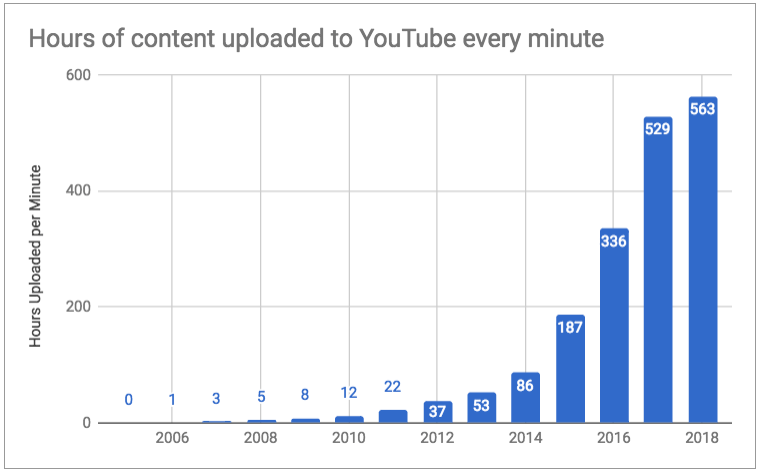The personal computer is without doubt one of the most important communication technologies to affect modern society. It enables anyone with access to a computer and internet to find and use massive amounts of data. Through Roger's Diffusion Theory, we are going to analyze the rate at which the personal computer spread and find out who falls into the category of adopters.
Innovators: This group takes up a mere 2.5 percent of the personal computer adopters. These innovators include the founders and early employees of some of the Silicon Valley tech giants. They were the first to own and buy the product. This group is obtaining the PC during the early 1970s.
Early Adopters: With the introduction of better software and operating systems, more people become willing to invest in a personal computer. In 1984, the Macintosh operating system wiped out all non Mac and PC manufacturers. With the ease of use in application packages and shortcuts, consumers were not required to know code to execute programs.
Early Majority: During the 1990s , this 34% early majority began purchasing the personal computers of Microsoft at higher rates than any other manufacturers. With the introduction of the Internet in the late 1990s, PCs become even more viable as a household communication technology. People are now able to access hoards of data from the comfort of their own desk.
Late Majority: The late majority consists of people who did not necessarily see a need for the personal computer but decided to purchase one after the increase in appeal from the the early majority. This group consists of some of the younger generations who were considered to be "tech savvy," but they may have been skeptical about the technology.
Laggards: The laggards make up the remaining 16% of people who waited or did not ever purchase a personal computer. This group most likely consists of some of the older generations and technophobes. The laggards saw personal computers as a waste of time and money and preferred older methods of obtaining information. To this day, there are still many people who do not own a computer, even as laptops have replaced the need for many desktops.






